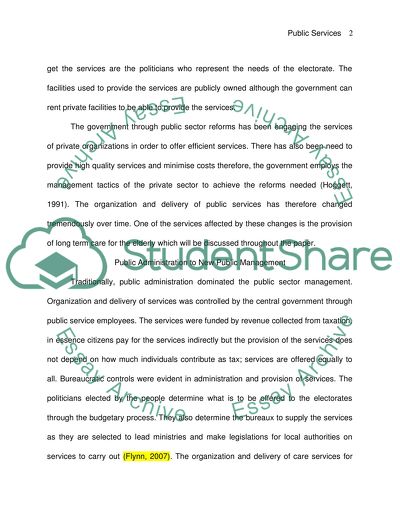Cite this document
(“Focusing on Long term care for the elderly, how have internal markets Essay”, n.d.)
Retrieved from https://studentshare.org/environmental-studies/1408141-focusing-on-long-term-care-for-the-elderly-how
Retrieved from https://studentshare.org/environmental-studies/1408141-focusing-on-long-term-care-for-the-elderly-how
(Focusing on Long Term Care for the Elderly, How Have Internal Markets Essay)
https://studentshare.org/environmental-studies/1408141-focusing-on-long-term-care-for-the-elderly-how.
https://studentshare.org/environmental-studies/1408141-focusing-on-long-term-care-for-the-elderly-how.
“Focusing on Long Term Care for the Elderly, How Have Internal Markets Essay”, n.d. https://studentshare.org/environmental-studies/1408141-focusing-on-long-term-care-for-the-elderly-how.


